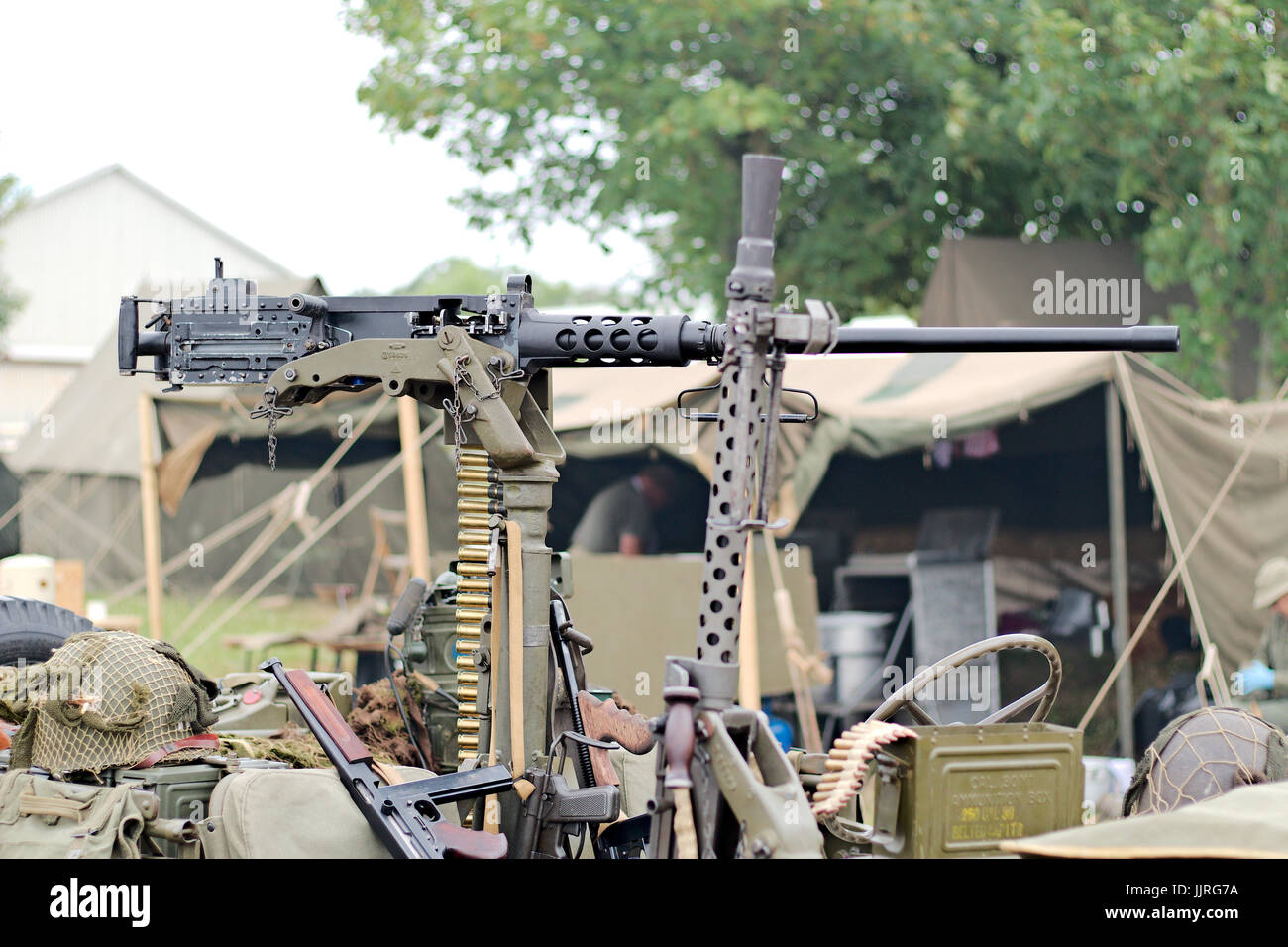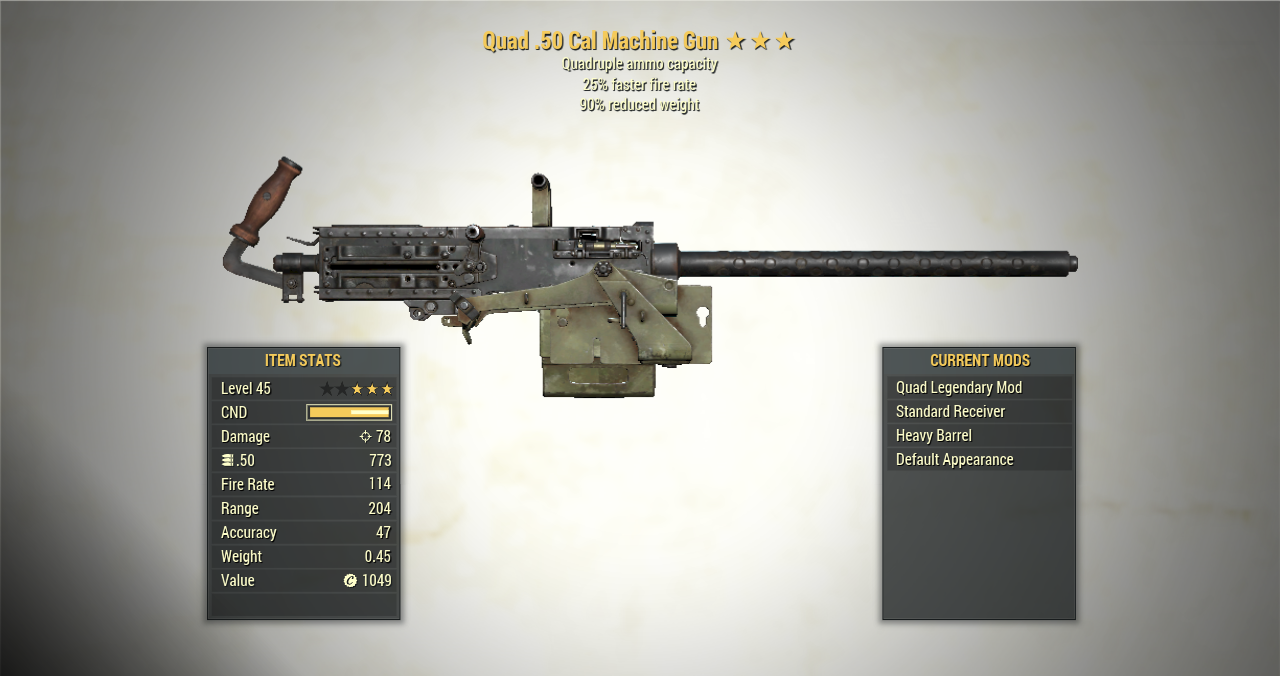

The flesh can tear and cells can burst as the tissue erupts outward and then slams back.įinally, there's the shock wave. That flesh maintains its momentum for a fraction of a second, billowing out from the path of the bullet. But there's a second, temporary cavity.Īs the round travels through the body, it's crushing the flesh and pushing it out of the way very quickly. The first cavity is the permanent one: the open space left from the laceration discussed above. Then, there's the cavitation, which has two parts. See the other folders at this link for more TM and actual cradle and tray detail pics.Specialist Jeremy Parsons, engages targets with a M2 Heavy Barrel. Here's another TM pic of this ammo tray with ammo and spring clip. Of course, I agree with your argument that the size of this feature on most wartime pictures makes it hard to identifiy clearly, but believe me, I have been paying special attention to this detail for some time now and I'm pretty confident about my conclusions.

This assembly was used mostly on ring mounts (in combination with the M35C roller carriage assembly) or on pedestal mounts used on vehicle other than fully enclosed tanks (this is also the cradle assembly that was used on the M10).

The D90078 tray assembly shown in your picture was the standard tray used on the cradle and pintle assembly 7068880 seen below: My research even suggests that most Korean-era tanks still used the D80030 assembly. APG may have made the recommendatoin, but apparently, this was not implemented in any significant scale before the end of WWII. However, I have not seen any WWII-era pictures showing it attached too the pintle shown above.

(Admittedly difficult given the small size of this feature in most pics!)įirst off, I never implied that the D90078 tray was a postwar item. Bottom line, try to find photos of the tank you want to model and see what they used. I have not seen enough documentation on this subject to determine which of the tray assemblies was the mroe common on M4A3 tanks, but keep in mind that these features were GFE accessories that were added to the tank at the tank depot or by Ordnance crews, not at the factory so some variation was certainly possible. Also, it is interesting to note that the APG report on the D80030 recommended substituting the D90078 for the tray assembly originally designed for it. The D90078 was not "post-war" as Charby said, as I have photos of it at APG in 1943. What Gary was talking about was the D90078 tray assembly that was used on a vareity of cradle and pintle assemblies. The assembly that Charby shows is the D80030 cradle, pintle and ammo box holder assembly which was appropriate for the M4A3. I think that both Gary and Charby are right. 50 cal MG set is actually the only plastic M2 HB that correctly portrays the way the ammo tray attaches to the gun cradle. The picture below should make it clearer (from the Tasca website):īy the way, Tasca's new. The half-lid was lowered onto the open ammo box, and the belt was fed through the open end straight into the receiver. The ammo cradle had its own, integral half-lid with a sprung pusher plate underneath it that exerted pressure on the ammo belt contained in the ammo box to avoid jamming. Could someone tell me how the ammunition belt runs from the ammo box to the machine-gun? Is the ammo box lid open or closed (and belt running through some opening on the side of the ammo box)? Did they use the spring mechanism pressing down the ammo belt down into the ammo box during WW II or is it a later improvement? Not to contradict Gary, but the cradle/tray mount used on fully enclosed US tanks in the later half of WWII was designed to accomodate the standard 105-round ammo can with its lid removed. 50 cal M2 machine-gun on turret roof is giving me gray hair.


 0 kommentar(er)
0 kommentar(er)
